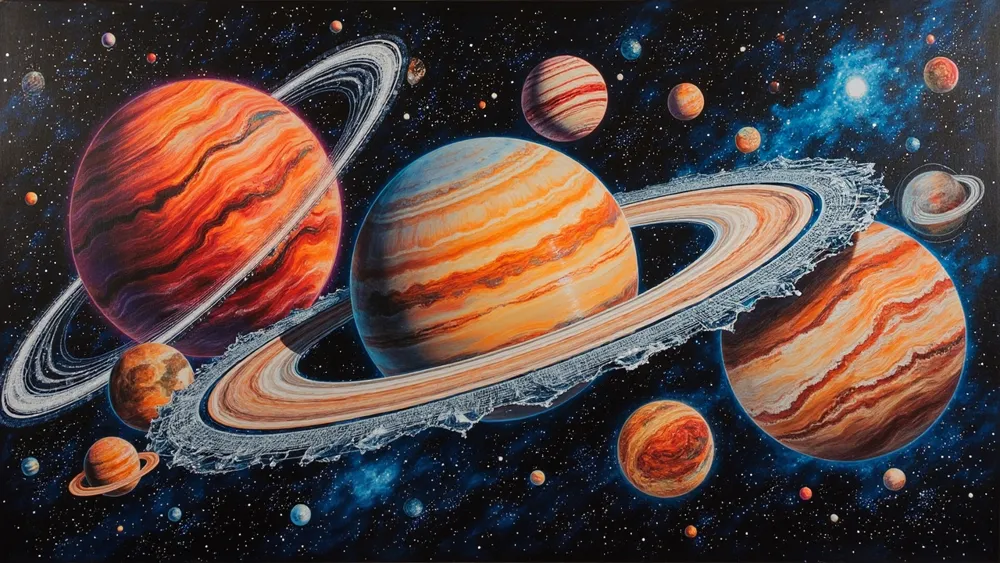Ultra-Short-Period Planets Challenge Planetary Knowledge

The recent discovery of ultra-short-period planets (USPs) challenges our understanding of planetary formation and evolution, especially when considering the extreme conditions present on these exoplanets. In our solar system, the closest planet to the Sun, Mercury, takes 88 days to orbit, while at the other end, Neptune requires 164.8 years. Contrastingly, USPs feature orbiting periods of less than 24 hours, placing them in unusually close proximity to their host stars. This extreme closeness exposes them to surface temperatures exceeding 2000 K, creating what can be described as a "lava hell" of molten rock. Understanding these celestial bodies is essential, as they not only offer insights into diverse planetary systems but also force astronomers to reevaluate established theories governing planet formation. Research from Nanjing University’s astronomy group recently highlighted the evolutionary patterns of USPs through their host stars. Findings revealed that these planets likely migrated inward from much farther out in their solar systems via various mechanisms, such as gravitational interactions and dynamical perturbations. Remarkably, the study indicated that older stellar systems might exhibit a higher occurrence rate of these planets, suggesting a formative timeline spanning billions of years rather than the previously theorized millions. This age dependence brings forth a new narrative about how planetary systems are structured over time, linking the origin of USPs with broader astrophysical processes, like tidal forces and stellar dynamism.
What stands out in this research is the significant evidence for a multi-faceted origin of USPs, offering a clearer understanding of their formation trajectories and compositional characteristics. The insights into their orbital architecture changing with age present a more intricate picture of planetary evolution than previously conceived. With the broader implications that this may hold—potentially influencing theories surrounding planetary systems in our galaxy—scientists are given a foothold to expand their inquiries into how planetary climates and structures develop over eons. Beyond the immediate implications for astronomy, this discovery aligns with larger tech trends surrounding big data analytics in astrophysics. The study leverages extensive datasets from multiple telescopes, including LAMOST and Gaia, to unveil these cosmic mysteries. It illustrates how cross-disciplinary collaboration, data sharing, and advanced computational techniques are paving the way for groundbreaking discoveries. As we continue to explore the universe, the evolution of planetary systems may very well transform our understanding of life’s existence beyond Earth—if we're indeed not alone among the stars. As we contemplate these findings, one must ask: how will our perception of habitability in seemingly inhospitable environments evolve as we gather more data on planets that appear to defy our current knowledge?
Read These Next

Lenovo Launches Legion Battle 7000 Ryzen Edition Gaming Laptop
Lenovo launches Legion Battle 7000 Ryzen edition gaming laptop at an attractive price, featuring strong hardware specs, innovative cooling, and a competitive edge in the gaming market.

Red Magic's Jiang Chao: Affordable Gaming Tablet Incoming
Red Magic's Jiang Chao assures consumers that the upcoming gaming tablet will be competitively priced, hinting at surprises that could enhance consumer engagement and foster loyalty. The device features a leading-edge gaming experience that positions it well within the evolving tech landscape, yet it must navigate potential market fit challenges and competition.

Apple's visionOS 26 Upgrade Enhances Augmented Reality
This commentary explores Apple's significant upgrade to its augmented reality feature "Personas" in visionOS 26, analyzing its impact on the AR landscape and the company's strategic positioning.
